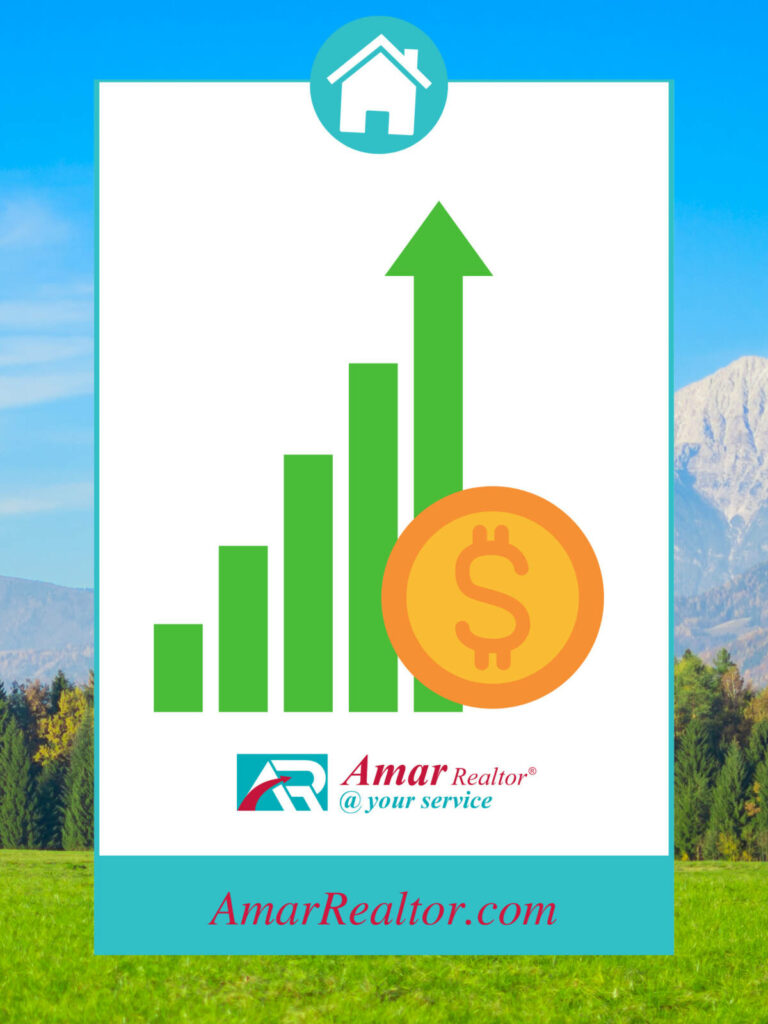Record high U.S. homeowners have over $27 trillion in home equity
Record-high U.S. homeowners have over $27 trillion in home equity
The record high of U.S. homeowners with over $27 trillion in home equity is due to the red-hot housing market and the consequent price gains that have driven some would-be homeowners out of the market while benefiting those who already own homes. Despite concerns about the potential housing bubble, prices continue to rise as demand outpaces supply.
Low interest rates and a strong economy also boost demand, while a lack of new construction limits supply. As a result, many homeowners see their equity increase, allowing them to tap into that equity for renovations, investments, or other purposes. While rising prices may eventually cool the market, homeowners enjoy the benefits of being in a strong position.
Home Equity lines of credit HELOC
Many homeowners face higher mortgage payments as the Federal Reserve prepares to raise interest rates again this year. However, for those who have built up equity in their homes, there is another option that can provide access to lower-cost funds: home-equity lines of credit (HELOCs).
Unlike a cash-out refinance, which involves taking out a new mortgage at a higher interest rate, a HELOC allows homeowners to borrow against their equity at a variable rate, usually lower than a conventional loan. This can be particularly attractive for those who expect to sell their home shortly and do not want to risk a higher monthly payment.
homeowners to borrow against their equity at a variable rate, usually lower than a conventional loan. This can be particularly attractive for those who expect to sell their home shortly and do not want to risk a higher monthly payment.
Of course, HELOCs are not without their risks. If rates rise more quickly than expected, borrowers could repay more than their home is worth. If they decide to keep the line of credit open after selling the home, they will be responsible for making monthly payments on the outstanding balance. Nevertheless, for many homeowners, HELOCs offer a way to tap into their equity at a lower cost than a cash-out refinance.
Black Knight study
The data from Black Knight show that the amount of tappable equity has increased significantly in the first quarter of 2022. This is largely because borrowers with mortgage rates below 4% account for a large portion of all tappable equity. This increase in taxable equity can be attributed to the low interest rates, which have made it more affordable for homeowners to borrow against their equity.
Additionally, home values have continued to appreciate, giving homeowners even more equity to tap into. The increase in taxable equity is good news for both borrowers and lenders. Borrowers will have more loan options, and lenders will have more opportunities to make profits. However, it is important to remember that the increase in taxable equity also means that homeowners will be more likely to default on their loans if they experience financial hardship. Therefore, it is important for lenders to carefully consider the risks before extending credit to borrowers.
The Black Knight study found that the average American homeowner can access $207,000 in taxable equity. This is the amount that a homeowner can borrow while still holding on to at least 20% of the home’s equity. According to Black Knight, the study also found that tappable equity availability increased to a record level in the year’s first three months.
The company attributed the increase to rising home prices and a decrease in mortgage rates. Tapping into home equity can be a good way to finance major expenses such as home renovations, college tuition, or medical bills. Homeowners considering a home equity loan should consider their needs and consult a financial advisor to determine if it is the right option.
Home equity
Home equity differs between a home’s appraised value and the outstanding mortgage balance. It represents the owner’s stake in the property and can be used as collateral for a loan or line of credit. Home equity can also be tapped for improvements, debt consolidation, or other major expenses. Since 2013, there has been a steady increase in home equity in the United States. In the first quarter of 2018, home equity jumped by 20%, the largest increase since 2013.
This trend is attributable to many factors, including rising home prices and falling mortgage rates. As more homeowners build property equity, they will have greater financial security and flexibility. Increasing home equity is also good news for the economy, as it indicates that Americans are regaining lost ground from the housing market crash 2008.
To learn more details, let’s talk with Amar REALTOR®
Let’s schedule a meeting to review all your Real Estate goals!
![]()
Please Click to schedule a time on my online calendar at no cost!
https://www.amarrealtor.com/meetingwithamarrealtor/
Contact Amar REALTOR® today for more information about Buying/Selling a Home in the Bay Area!
More Interesting Information about Bay-Area Real Estate
5 Things to Know About Bay-Area ADUs
What You Should Know About CA SB-9
How to Buy and Sell Simultaneously
